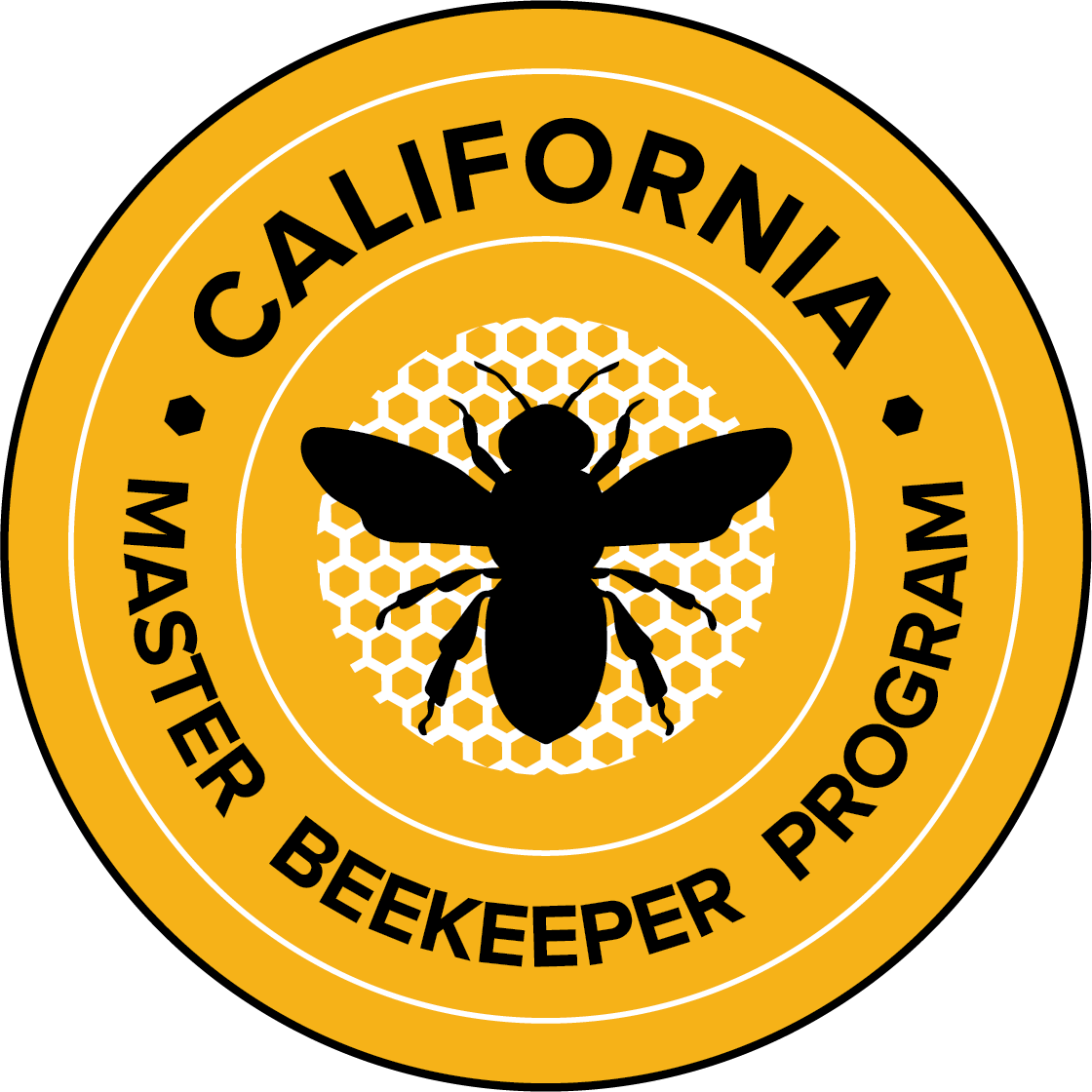Branding
Partners have the opportunity to use verbiage and CAMBP branding (e.g. logo) to communicate the partnership. It is important to strictly adhere to requirements when describing the CAMBP relationship or using branding materials, as per UC Policies and Brand Guidelines. A summary of associated policies are below:
- Approvals: Each instance of CAMBP logo usage needs to be approved by a CAMBP Manager in writing.
- Integrity of Branding: CAMBP branding graphics (e.g. logo) color and dimensions must not be modified without approval.
- Context: Information must be present that directly or indirectly describes the relationship between CAMBP and Partner. For example, placing "Proud Partner of CAMBP" next to the logo is acceptable, or "Materials developed with support of CAMBP" on a slideshow. Extra caution should be taken when there is monetary exchange (e.g. selling a class). As per UC Regents policy 0864, UC entities cannot endorse products for commercial use.
For additional clarification, please contact a CAMBP program manager.
Safety
Partners view public safety as the top priority. Organization follows guidelines set forth in CAMBP Safety Manual.
- At Partner events, appropriate emergency supplies and level of training is present. For hive dives, this usually means access to a basic first aid kit and appropriate fire suppression devices.
- Safety training is incorporated in educational materials.
- Apiary signage when appropriate.
- Ensure the level of PPE worn is relative to the genetics in your geographical area.
Regulatory Compliance
- Follow federal, state (CDFA), and local apiary laws regarding:
- Defensiveness and requeening
- Hive Registration
- Pesticide Application
- Swarm Mitigation
- At partner organizations all instruction and guidance adheres to the law
Evidence-Based Approach
Adopt a nuanced and evidence-based approach when teaching or presenting beekeeping practices. This includes clearly distinguishing between established scientific evidence, anecdotal experiences, and personal opinions. The Partner shall provide citations or references to credible sources whenever making claims about methods, benefits, or impacts to ensure transparency and foster informed decision-making among participants. Any unverified or speculative information should be explicitly presented as such.
Non-Profit Clause
Partner acknowledges and agrees that it must be a recognized not-for-profit entity under applicable law, or it must operate in a manner consistent with the principles and mission of not-for-profit organizations. This includes prioritizing the public good over private financial gain, reinvesting surplus funds into the organization’s mission, and adhering to ethical and transparent practices.
